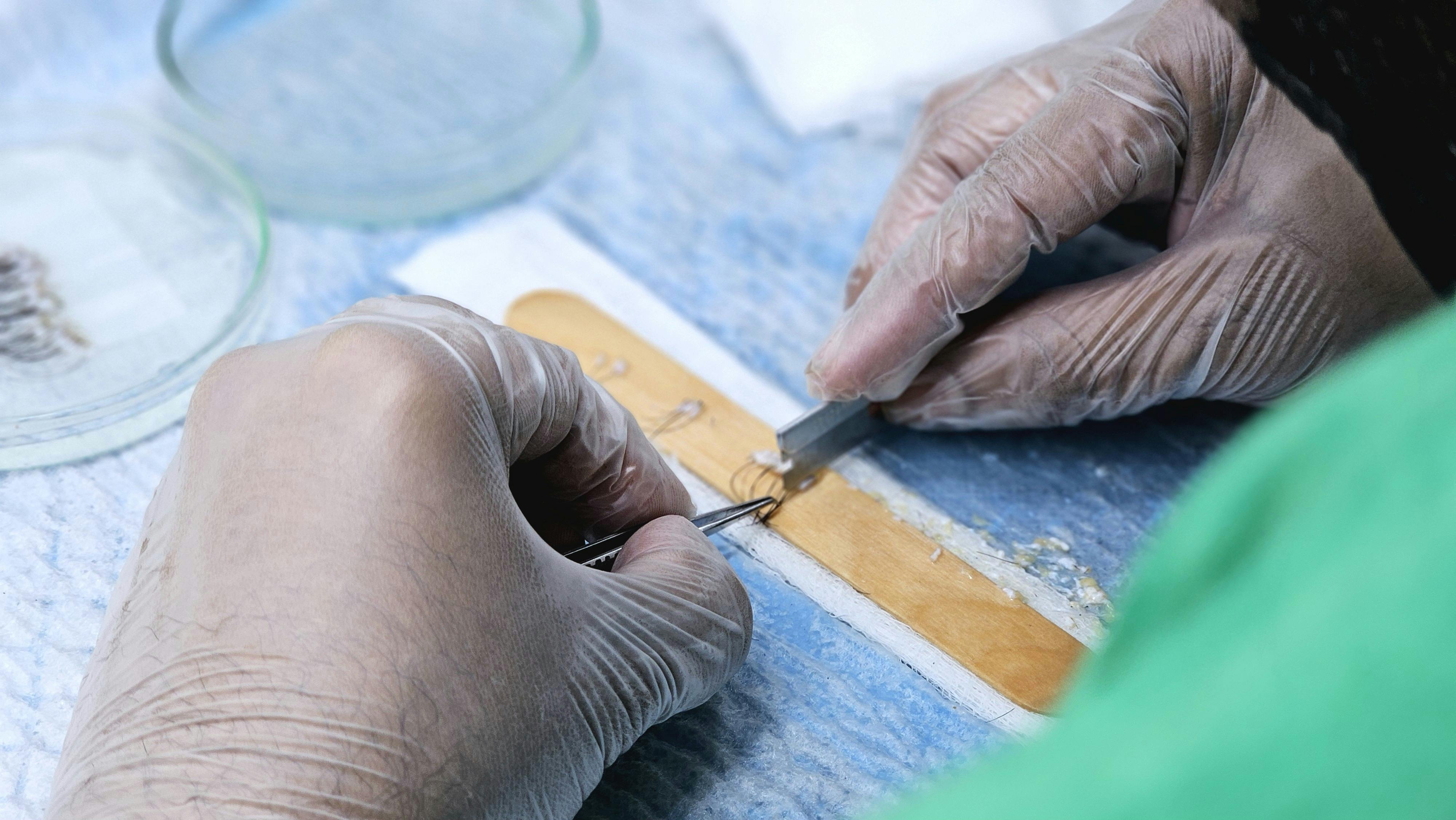Everything You Need To Know About Prefabricated Homes In Australia 2025 - Options And Prices
Prefabricated homes are revolutionising the Australian housing market, offering faster construction times, cost-effective solutions, and sustainable building practices. These factory-built homes are gaining popularity across Australia as property prices continue to rise and housing demand increases. From modular designs to kit homes, prefabricated housing presents diverse options for first-time buyers, investors, and those seeking alternative housing solutions in 2025.

What Are Prefabricated Homes In Australia
Prefabricated homes are residential structures manufactured in controlled factory environments before being transported and assembled on-site. In Australia, these homes must comply with the National Construction Code and local building regulations, ensuring they meet the same standards as traditionally built homes. The prefabrication process involves constructing wall panels, floor systems, and roof components in specialised facilities, allowing for precise quality control and reduced weather-related construction delays.
Australian prefab homes range from simple relocatable structures to sophisticated architect-designed residences. They’re particularly popular in regional areas where skilled tradespeople may be scarce, and in urban locations where quick construction is essential. Many prefabricated homes incorporate energy-efficient features and sustainable materials, aligning with Australia’s growing focus on environmentally responsible building practices.
Prefabricated Homes 2025 Market Trends
The prefabricated housing market in Australia is experiencing significant growth in 2025, driven by housing affordability challenges and improved manufacturing technologies. Advanced materials like cross-laminated timber and steel framing systems are becoming more prevalent, offering enhanced durability and design flexibility. Smart home technology integration is now standard in many prefab offerings, including solar panels, energy management systems, and automated climate control.
Contemporary prefabricated homes feature open-plan designs, large windows, and modern aesthetics that rival traditional construction. The industry has moved beyond basic rectangular structures to offer custom architectural solutions, multi-storey designs, and luxury finishes. 3D printing technology and robotic manufacturing processes are beginning to influence production methods, potentially reducing costs and construction timeframes further.
Prefabricated Homes Options Available
Australian consumers can choose from several prefabricated home categories, each serving different needs and budgets. Modular homes consist of multiple factory-built sections that connect on-site, allowing for complex floor plans and larger living spaces. Kit homes arrive as pre-cut materials with detailed assembly instructions, requiring more on-site construction but offering cost savings for DIY-capable homeowners.
Transportable homes, also known as relocatable homes, are fully constructed units that can be moved between locations, making them popular for temporary accommodation or investment properties. Panel-built homes use prefabricated wall, floor, and roof panels assembled by professional crews, combining factory precision with traditional construction methods. Each option offers different benefits regarding cost, construction speed, design flexibility, and permanent installation requirements.
Prefabricated Homes Prices In Australia
| Home Type | Provider | Size Range | Price Estimate (AUD) |
|---|---|---|---|
| Kit Homes | Paal Kit Homes | 2-4 bedrooms | $150,000 - $400,000 |
| Modular Homes | Modscape | 1-4 bedrooms | $200,000 - $600,000 |
| Transportable | Instant Living | 2-3 bedrooms | $120,000 - $350,000 |
| Panel Built | Clarendon Homes | 3-4 bedrooms | $250,000 - $500,000 |
| Luxury Prefab | Prebuilt | 2-5 bedrooms | $400,000 - $800,000 |
Prices, rates, or cost estimates mentioned in this article are based on the latest available information but may change over time. Independent research is advised before making financial decisions.
Prefabricated homes prices in Australia vary significantly based on size, materials, finishes, and complexity. Basic kit homes start around $150,000 for a simple two-bedroom structure, while luxury prefabricated homes can exceed $800,000 for architect-designed properties with premium finishes. These prices typically exclude site preparation, foundations, utilities connections, and council approvals, which can add $50,000 to $150,000 depending on location and site conditions.
Regional price variations reflect local building costs, transport distances, and market demand. Metropolitan areas generally see higher prices due to land costs and stricter building requirements, while rural locations may benefit from lower overall project costs. Financing options for prefabricated homes are similar to traditional construction, with most lenders accepting them as security for home loans once permanently installed on owned land.
Benefits and Considerations for Buyers
Prefabricated homes offer several advantages over traditional construction, including reduced building timeframes, consistent quality control, and often lower overall costs. Factory construction eliminates weather delays and allows for bulk material purchasing, resulting in cost savings passed to consumers. Environmental benefits include reduced construction waste, improved energy efficiency, and the potential for sustainable material use.
However, buyers should consider potential limitations such as design constraints, transport restrictions for larger modules, and varying council approval processes. Site preparation requirements remain the same as traditional homes, and some locations may have restrictions on prefabricated housing types. Resale values typically match traditional homes when properly installed and maintained, though financing and insurance may require additional consideration depending on the specific prefab type chosen.
Prefabricated homes represent a viable housing solution for many Australians in 2025, combining affordability, quality, and sustainability. With diverse options available across different price points and styles, prefab housing continues to evolve as a mainstream alternative to traditional construction methods, offering faster delivery times and modern design features that appeal to contemporary homebuyers.




